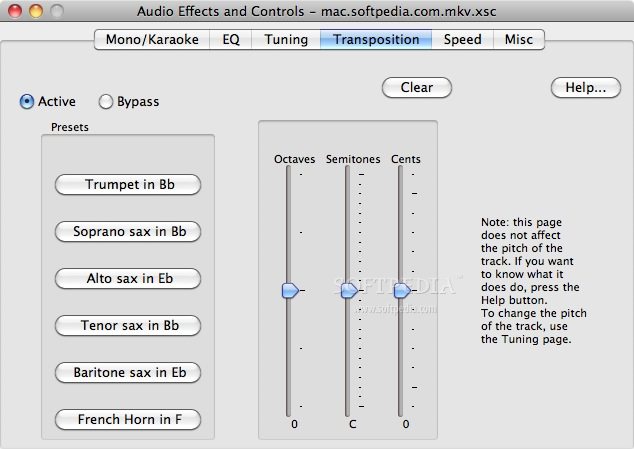


In fact, it is well documented in the literature that the most opioid ligands which have high affinity for the three classic opioid receptors, MOP, KOP and DOP, have little to no affinity for the NOP receptor 1, 2, 3. Very few opioid ligands show promiscuous high-affinity binding to all four opioid receptor subtypes, mu, kappa, delta and the nociceptin opioid receptors (MOP, KOP, DOP, NOP respectively). With the availability of the opioid receptor crystal structures, our SAR analysis of the common chemotype of AT-076 suggests rational approaches to modulate binding selectivity, enabling the design of multifunctional or selective opioid ligands from such scaffolds. On the other hand, modifications of the 3-hydroxyphenyl pharmacophore, but not the 7-hydroxy Tic pharmacophore, are better tolerated at kappa and mu receptors and yield very high affinity multifunctional (e.g. SAR analysis of the resulting analogs suggests that for the NOP receptor, the entire AT-076 scaffold is crucial for high binding affinity, but the binding mode is likely different from that of NOP antagonists C-24 and SB-612111 bound in the NOP crystal structure. Since AT-076 binds with high affinity at all four subtypes, we conducted a structure-activity relationship (SAR) study to probe ligand recognition features important for pan opioid receptor activity, using chemical modifications of key pharmacophoric groups. We recently reported the discovery of AT-076 ( 1), (R)-7-hydroxy-N-((S)-1-(4-(3-hydroxyphenyl)piperidin-1-yl)-3-methylbutan-2-yl)-1,2,3,4-tetrahydroisoquinoline-3-carboxamide, a pan antagonist with nanomolar affinity for all four subtypes. Few opioid ligands binding to the three classic opioid receptor subtypes, mu, kappa and delta, have high affinity at the fourth opioid receptor, the nociceptin/orphanin FQ receptor (NOP).


 0 kommentar(er)
0 kommentar(er)
